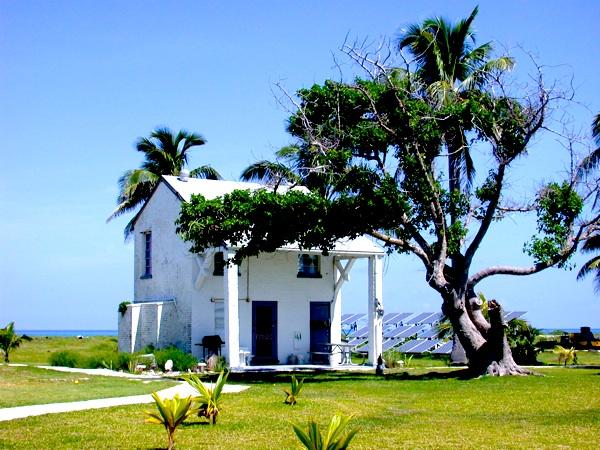Connecting to the past with the technology of the present. That pretty much sums up this solar electric system developed by Sunwize Technologies for use by the National Park Service on Loggerhead Key, one of the most remote outposts in the park system. The key, by the way, is in Dry Tortugas National Park.
Melding the Past with the Present

National Park Service
Monday, August 17, 2009

Help support us– the one source for journalism dedicated to our National Parks.
National Parks Traveler is a 501(c) (3) nonprofit.
INN Member

The easiest way to explore RV-friendly National Park campgrounds.

Here’s the definitive guide to National Park System campgrounds where RVers can park their rigs.
Our app is packed with RVing- specific details on more than 250 campgrounds in more than 70 national parks.
You’ll also find stories about RVing in the parks, tips helpful if you’ve just recently become an RVer, and useful planning suggestions.



This could well be a picture of the future, and I do not mean just the solar panels. The study, compact and simply designed house reflects an era when most homes were designed to be practical family shelters rather than displays of conspicuous consumption. That building could comfortably accommodate a family of five or six. I speak from experience.
The head of the maintanance division at Pictured Rocks National Lakeshore came into our class last semester, Protected Area Management, and showed us some of the shingles that buildings now have at PIRO, or at least those buildings that have been recently re-roofed. I'm not sure if it is less effective than a little league bleacher-sized installment like the one pictured, or more expensive, or what. I like the idea of fancy shingles more than adding large things like above. Though I'm conservative, I fully appreciate the paradigm shifts that are currently taking over the way we think about the energy we use and waste, and am excited to see my future employer (is that too bold of me?) leading the way into the future.
What about hurricanes? I was planning on visiting Fort Jefferson when a tropical storm scuttled my plans. My reservations in Key West were automatically cancelled and there was a mandatory non-resident evacuation anyways.
The house was obviously built with storms in mind, but how will the solar panels survive if a storm hits?